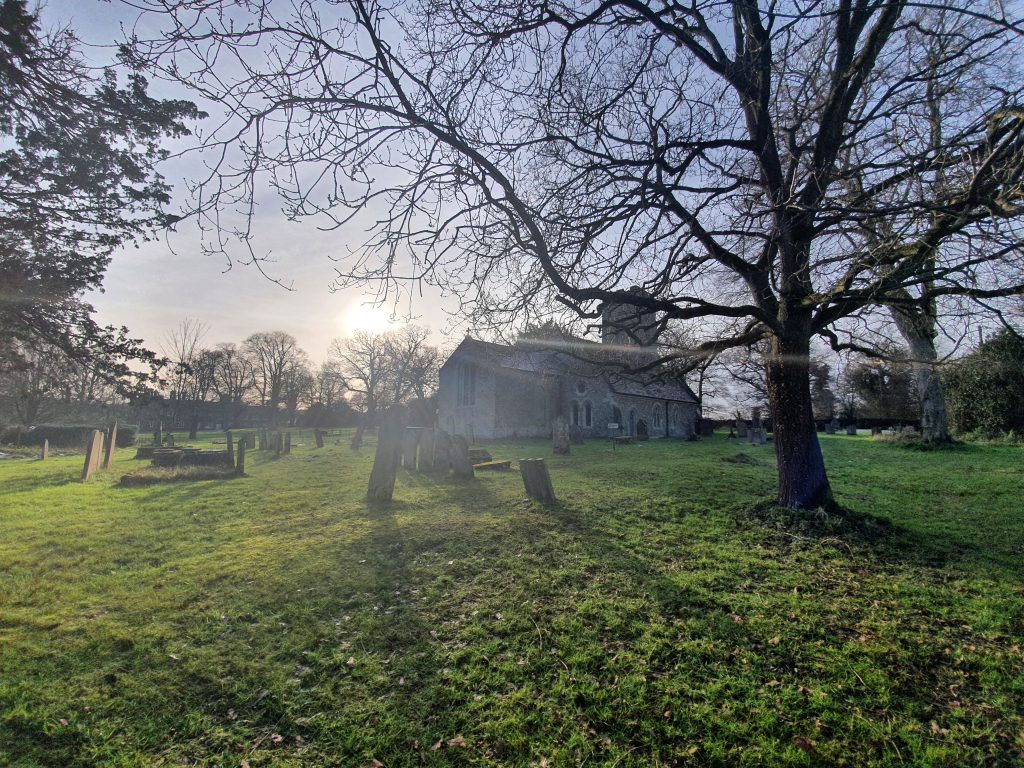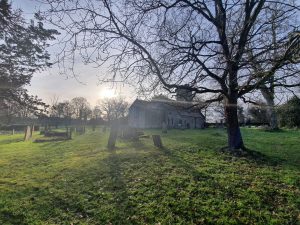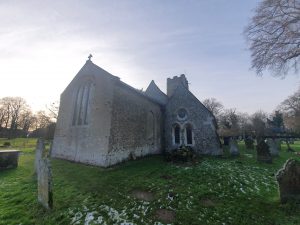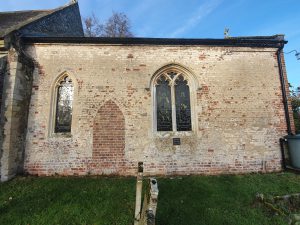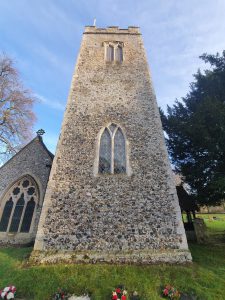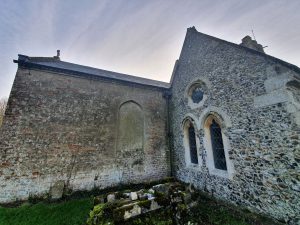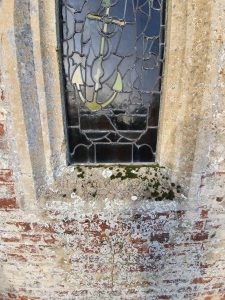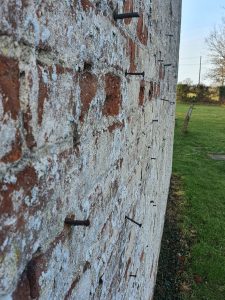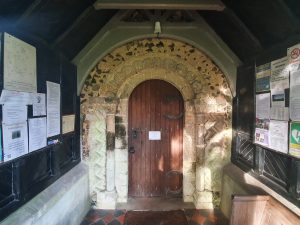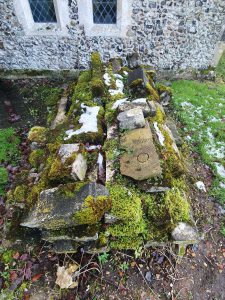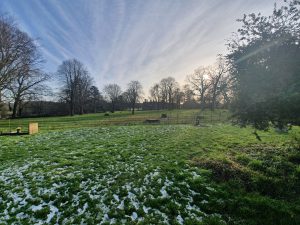Marlingford – St. Mary’s Church
This is St. Mary’s Church in Marlingford, a little way from the heart of the village and its pub, but very close to Marlingford Hall.
The church is in a relatively remote setting and it does have that feeling of calm and peace.
This entirely puzzled me, what was clearly a relatively new chancel, but with a blocked up priest’s door with brick from a similar period. It could be a design feature, as the chancel was replaced in 1816 and there was an attempt to recreate some of the heritage elements of the previous one, or it could have been a relatively sudden change in design. This door was also blocked out with ivy in the early twentieth century, so perhaps this was meant to be some sort of hidden feature.
The tower is from the fourteenth century.
The chancel (on the left) dates to 1816 and the north aisle (on the right) dates to 1881, although both replaced existing structures.
The inside of the church was closed, but there looked like some interesting stained glass. There is a window inside the church which was unveiled in January 1906 to commemorate the death of Sub-Lieutenant Edward Travers Fletcher, who had died in the A8 submarine disaster. The family had to go to the Consistory Court in Norwich in December 1905 to get permission to do this, but there were no objections from the church.
These nails protruded from the end of the chancel wall and I was entirely unsure of why they were there. Richard suggested, I suspect wisely, that they might have been to guide ivy up the wall. Once it was thought that this helped protect buildings, now it’s clearer how much it can damage them. This photo from George Plunkett in 1940 also suggests that Richard was right.
I know that I really need to get out more, but this is a pretty stunning Norman doorway, likely from around the twelfth century. George Plunkett has a photo of the doorway from 1940 and I wonder just how many signs have been attached to that old door over the centuries.
I’m not entirely sure what this little arrangement of what appears to be gravestones is doing here. I assume that they are a pile of broken bits of stone that have been kept in this spot, but the moss suggests they’ve been here for at least a few years.
Marlingford Hall is clearly visible from the churchyard and is much expanded from its original early seventeenth building.

